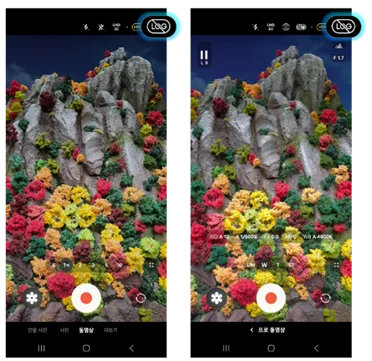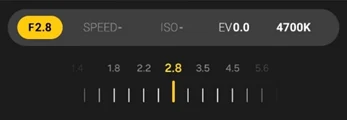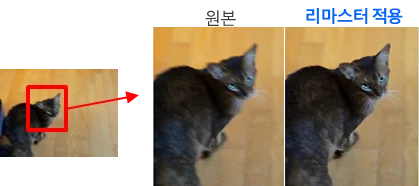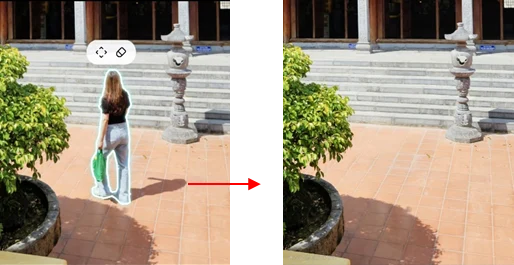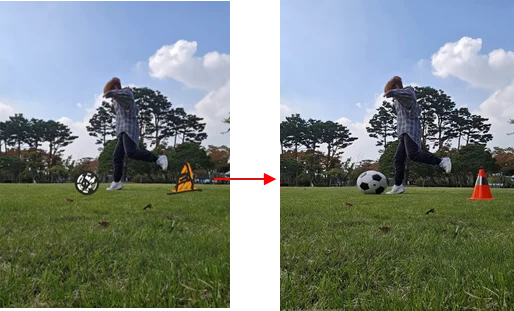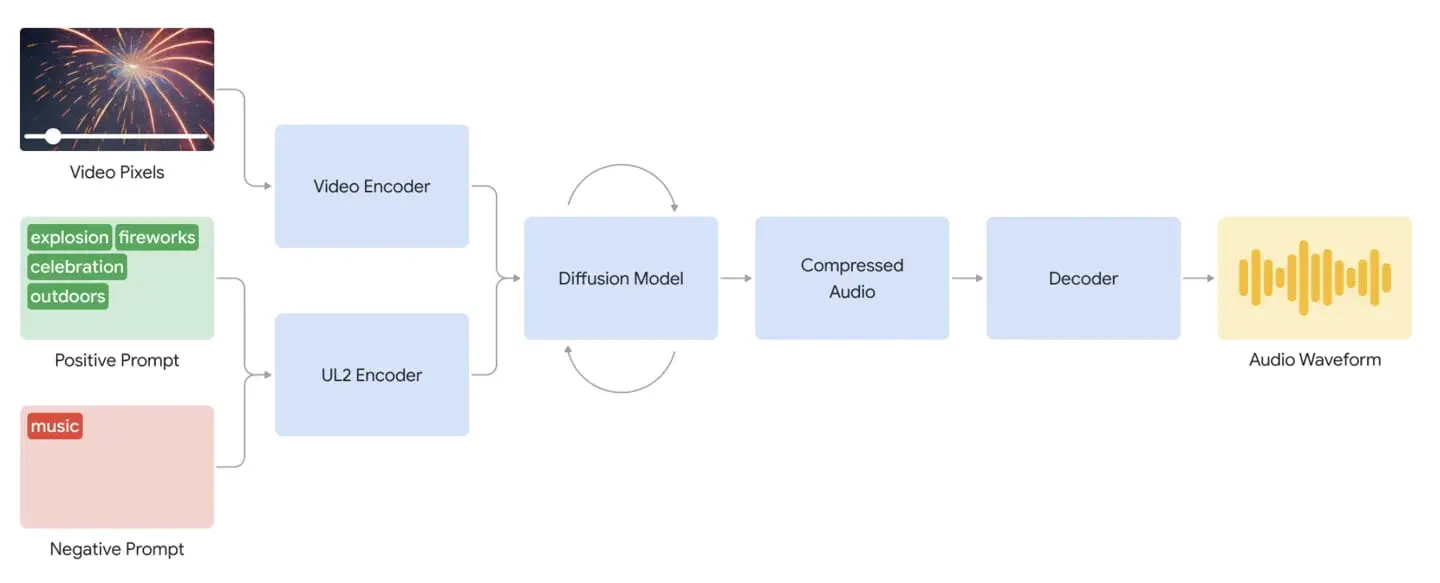Key Takeaways
1. Adobe Premiere is launching a mobile app for iPhones and iPads, with an Android version in development.
2. The app is user-friendly for touch devices, allowing editing in up to 4K HDR resolution.
3. It includes AI features for creating sound effects and improving audio quality.
4. Users can access Adobe Stock assets for free and export videos without watermarks to social media platforms.
5. Projects created on mobile can be opened in Premiere Pro on Macs and PCs.
Adobe has introduced Premiere for mobile devices, specifically smartphones and tablets. This app is initially available for Apple iPhones and iPads, while the Android version is still being developed. Apple users who are interested can register for its launch on September 30.
A Look Back at Adobe Premiere
First launched in 2003, Adobe Premiere has gained popularity as a video editing tool for both Macs and PCs. It’s commonly used by students and independent filmmakers, however, it hasn’t reached the same level of success as Avid Media Composer, which debuted in 1989 and is the go-to choice for major Hollywood films grossing over $500 million. With the emergence of free, high-quality video editing options like DaVinci Resolve, which Notebookcheck utilizes for its YouTube content and is also accessible on Apple iPads, Adobe is striving to hold on to its market share.
Features of Mobile Premiere
The mobile version of Adobe Premiere is designed to be user-friendly for touch devices, transforming the traditional desktop application. Social media creators can easily incorporate images, sound, text, and videos into multiple tracks, offering editing capabilities in up to 4K HDR resolution. The application uses artificial intelligence to create sound effects from text inputs and to improve recorded audio. Users can also enrich their videos with Adobe Stock assets, such as background music and sound effects, at no extra cost.
Creators can produce videos without watermarks and utilize them however they choose, including a simple export option to platforms like Instagram, TikTok, and YouTube Shorts. Furthermore, projects created on mobile can be opened in Premiere Pro on Macs and PCs.
Source:
Link



